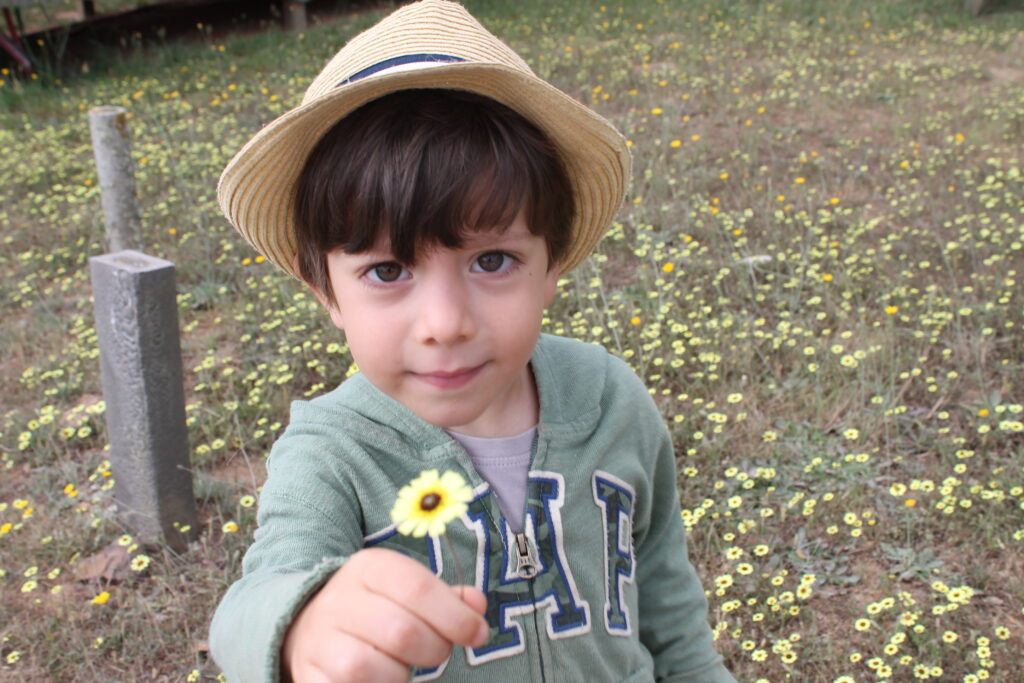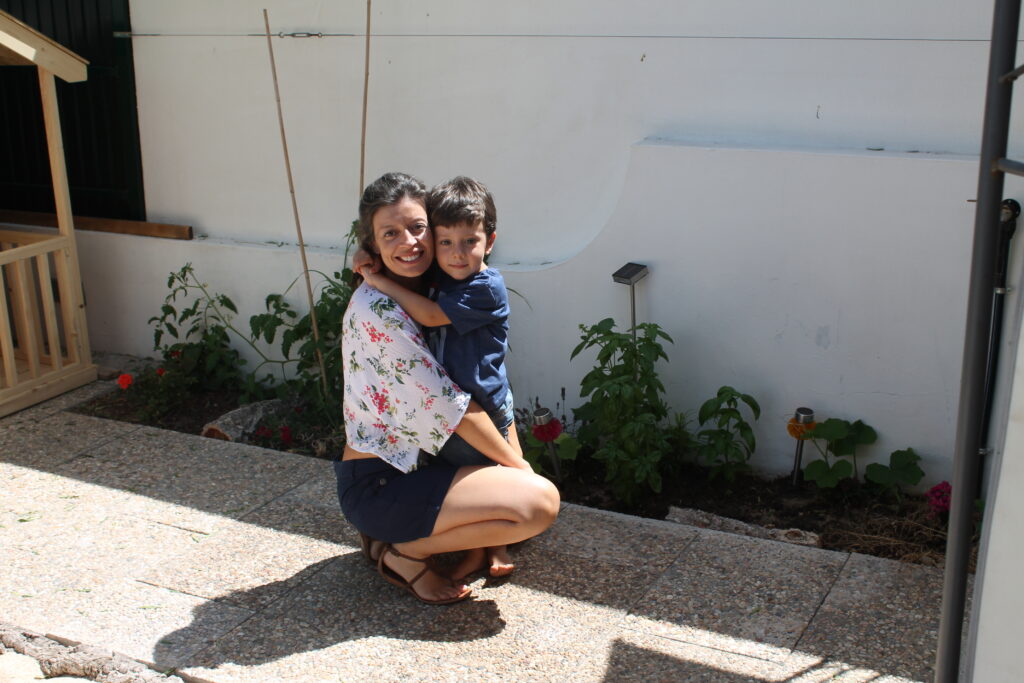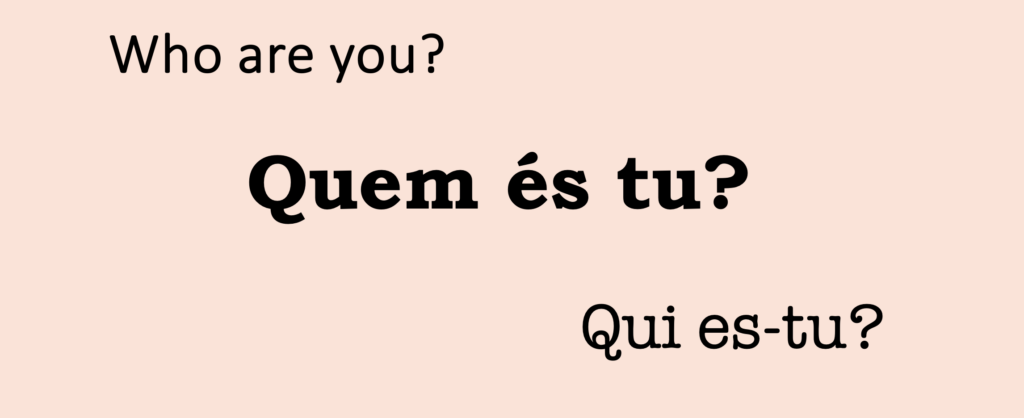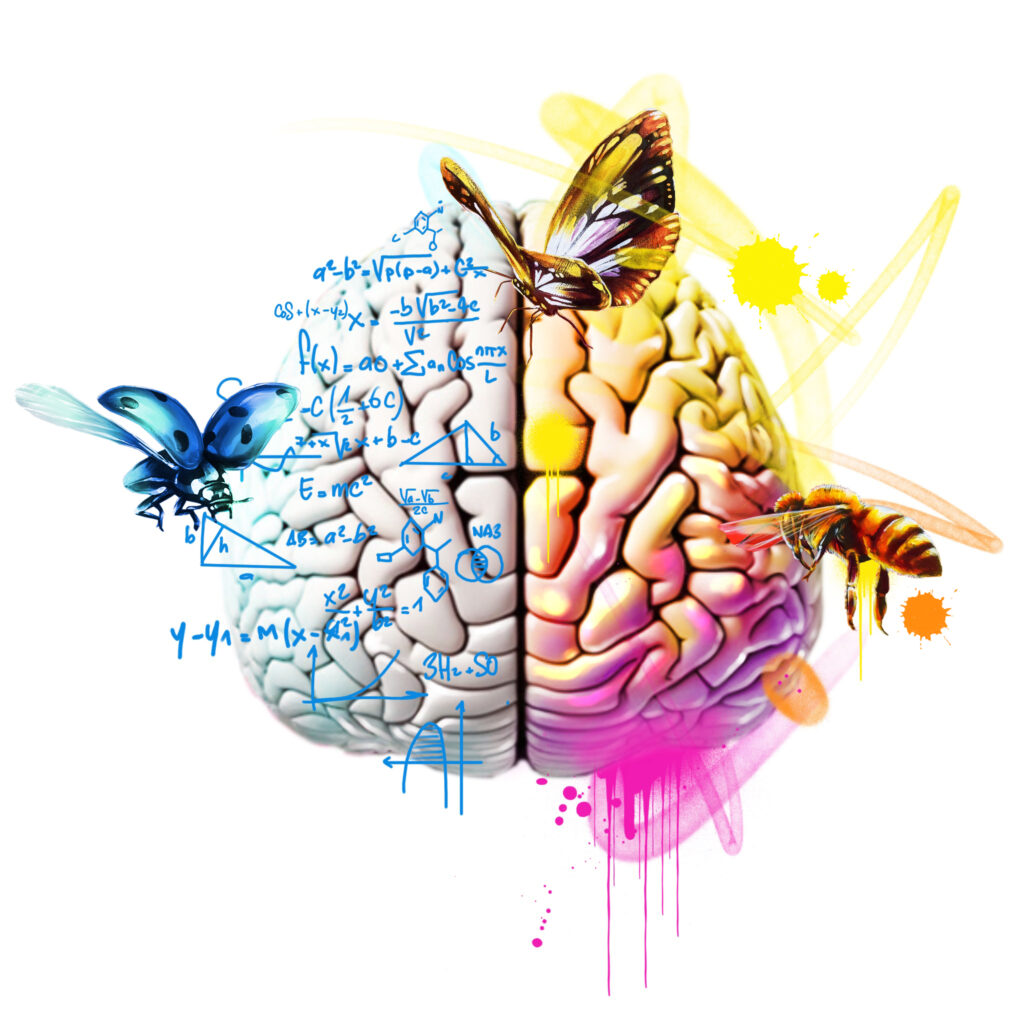Each person is made of specific needs, emotions, feelings, experiences and personality. These very personal characteristics do not stay at home when one leaves for work or school. On the contrary, they shape our behaviour, the way we express ourselves and even how we perform, for better and for worse. It is easy to see it in children: often children who drop out-of-school too early, who bully or are victims of bullying or perform worse at school have had adverse childhood experiences, such as being a witness to domestic violence, experiencing economic deprivation or insecure attachment with their parents. But the same can be applied to adults and work. Problems do not stop when we come of age, if anything, they only become more complex and difficult to manage; and whether we want to or not we carry them wherever we are. We can also look at this from a positive lens: I know the fact that I have a fundamental need to connect with others and to seek harmony has shaped who I am professionally and has helped me develop skills that I possibly would not have developed otherwise, such as my ability to bring people together, to coordinate groups or work effectively across different cultures, countries and contexts.
And what about other issues that influence the way we experience our work and personal life, such as the way our brain functions? In the last decades, science has made huge advances concerning neurology-related studies and identifying and understanding mental disorders and spectrums such as autism or even personality traits such as highly sensitive people, narcissist or narcissistic pervert personalities. Highly sensitive people, for example, tend to organise their thoughts like the way “Mind mapping” apps are done, whilst people who are neurotypical have a linear thinking process, meaning that one thought leads to another specific thought and so on. Highly sensitive people also tend to be more creative and think “out of the box” and have a great sense of social justice. But, these neuroatypical people also have other characteristics that may set them apart in society, for example, at school or in the work place (1-5).
The way society is organised forces us to work in a dehumanized manner, as if people were robots, as if we could press stop on who we are on a deeper level, just because, at 8:00 or 9:00 in the morning, we put our professional hats on. And, while some emotions are tolerated or may even be considered as positive, depending on who is expressing them, other are not. Offices have what is called “feeling rules”, “unspoken social norms around how workers are expected to feel in a given situation, and how those feelings should be displayed” (6). Possibly without surprise, there are also differences (and stereotypes) concerning what emotions are allowed and how they can be displayed in relation to gender and background. For example, studies have shown that:
“People judge emotions such as anger, sadness and frustration much harsher when displayed by a woman than by a man. Researchers have found women who cry at work can be seen as weak or unprofessional, while people assume men are dealing with external factors behind the tears. Similarly, men who exhibit anger can often wield it as an effective management tool to appear capable, while women are seen as inept or even shrill (6).”
I would argue that it is not only a matter of establishing what emotions are allowed at the workplace and what is an appropriate manner to express them. I believe we should go far and beyond and consider the human being behind the professional at work. We are in need of a more empathic, loving and compassionate society. Understanding, valuing and nurturing the human being we are in the workplace (or at school), would help to increase well-being at work, prevent conflict and even ensure society’s much-wanted performance. And it goes both ways: professionals who feel fulfilled and cared for at work, most likely would be more available and happier people, parents, spouses and friends.
(1) Elaine N. Aron (1996, 1998, 2016) The Highly Sensitive Person: How to Thrive when the World Overwhelms You. First Harmony Books Edition
(1) Elaine N. Aron (2021) Pessoas altamente sensíveis. Como enfrentar a vida quando tudo nos afeta. Lua de Papel
(1) Elaine N. Aron (2019) Hyper-sensibles. Mieux se comprendre pour mieux s’accepter. Ed. Marabout
(2) Melissa Hogenboom. The rise of highly sensitive parents. BBC Family Tree. Parenting. 31 May 2023
(3) Lionetti, Francesca et al. Dandelions, tulips and orchids: evidence for the existence of low-sensitive, medium-sensitive and high-sensitive individuals. Translational Psychiatry (2018)8:24. DOI 10.1038/s41398-017-0090-6
(4) Christel Petitcollin. Je pense trop: Comment canaliser ce mental envahissant. Parution: décembre 2010. Guy Trédaniel Editeur
(5) Jeanne Siaud Facchin. Trop intelligent pour être heureux: l’adulte surdoué. Odile Jacobe. 2008
(6) Zulekha Nathoo. The people penalised for expressing feelings at work. BBC. 1 November 2021






